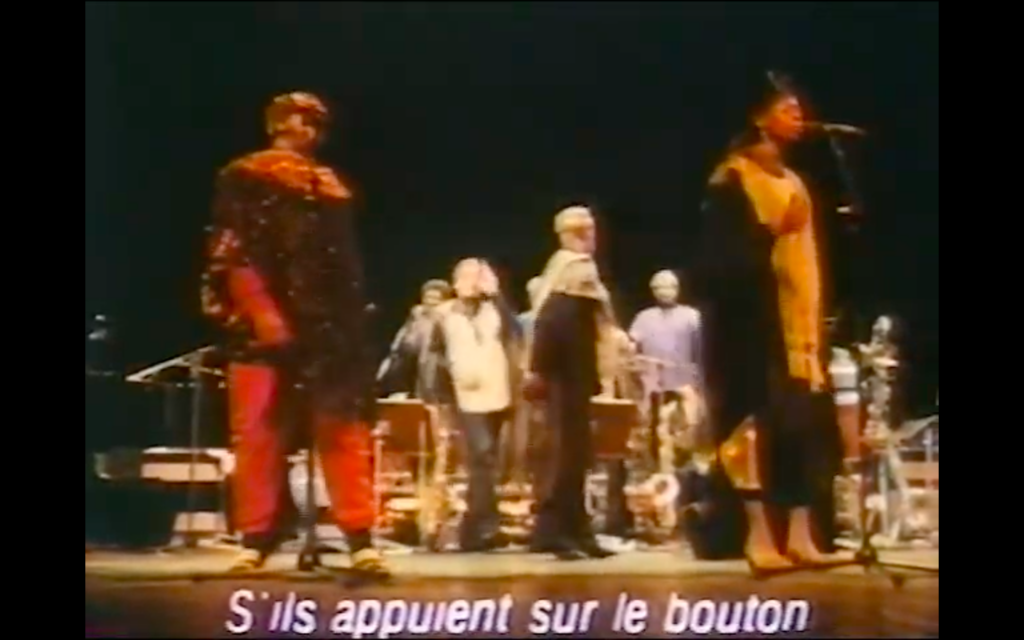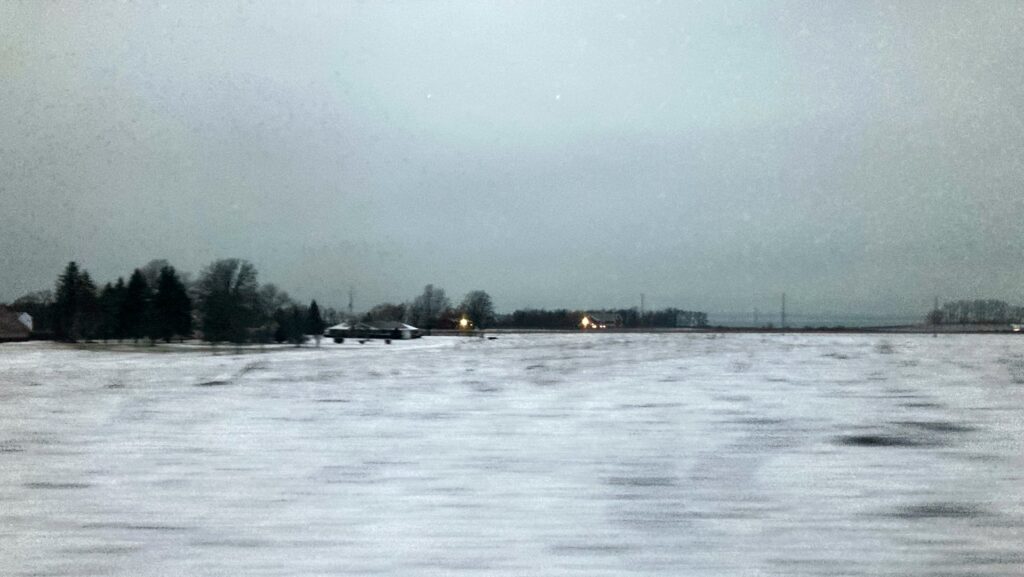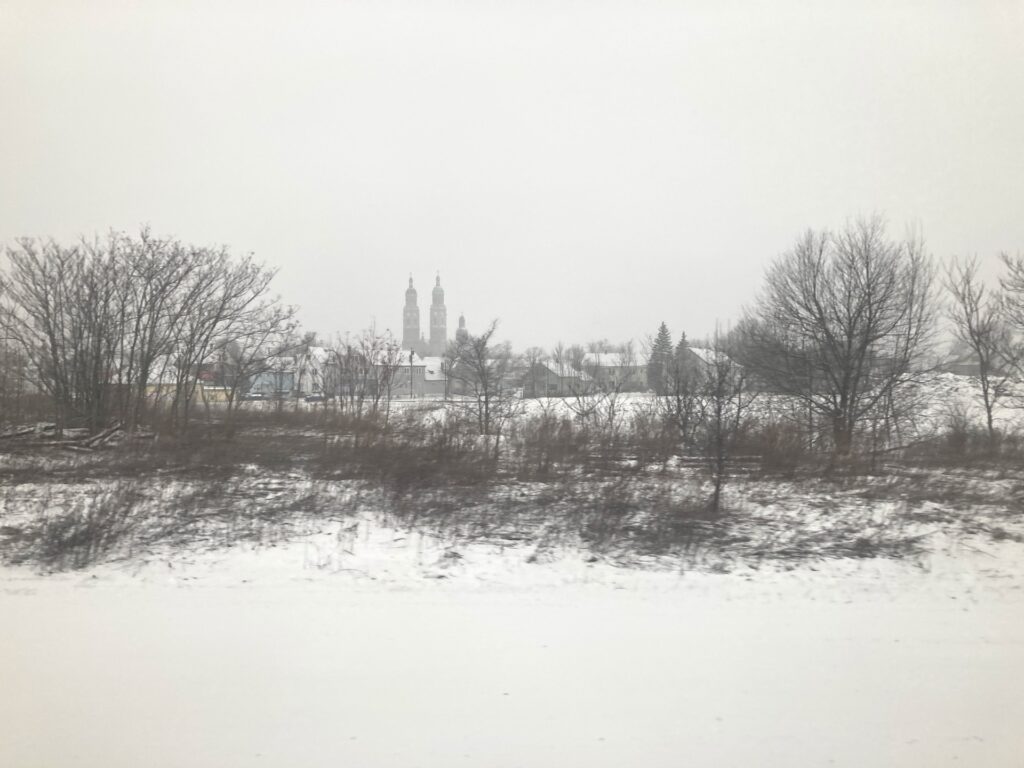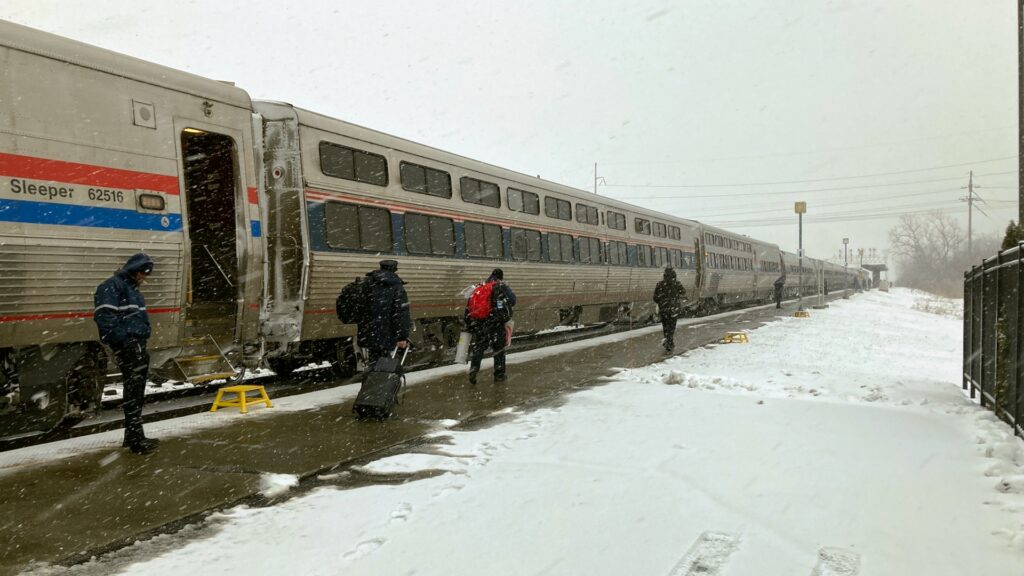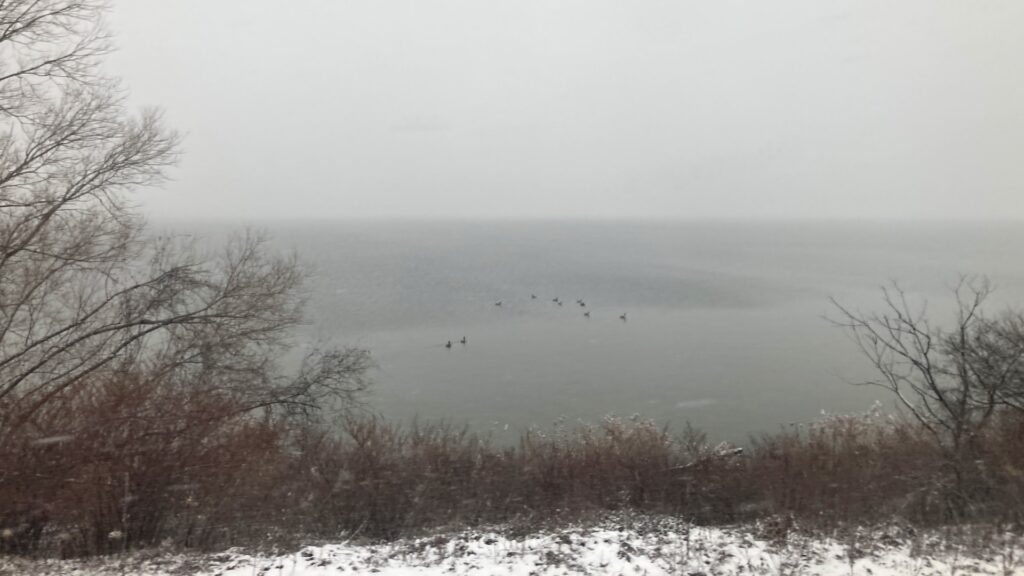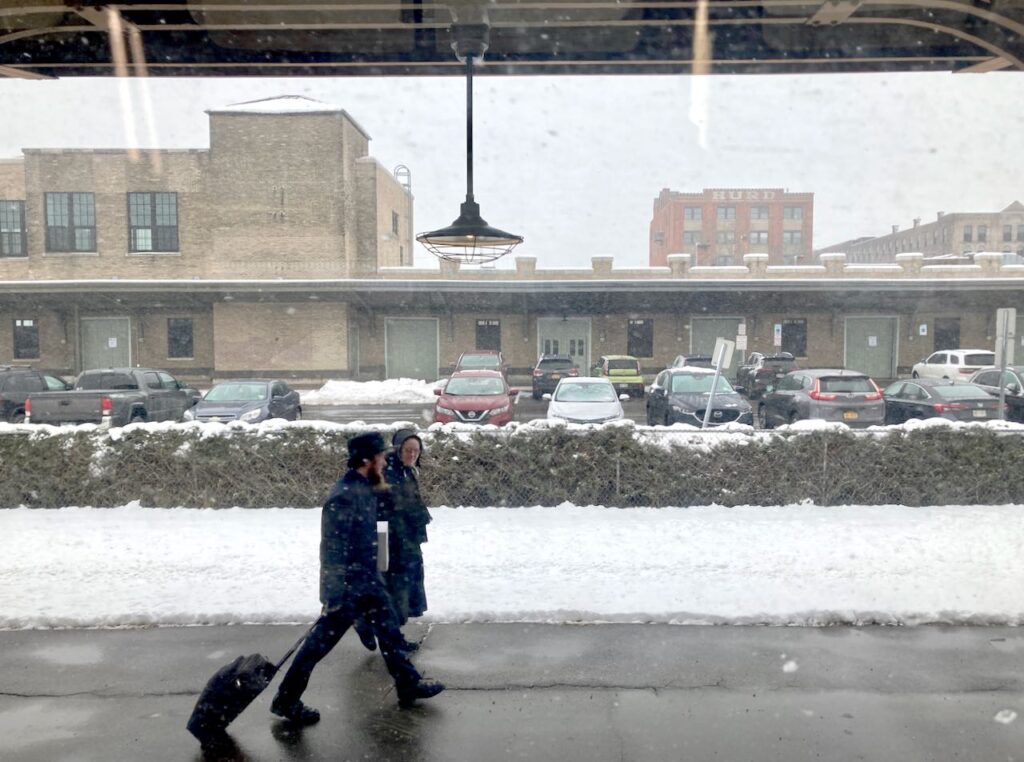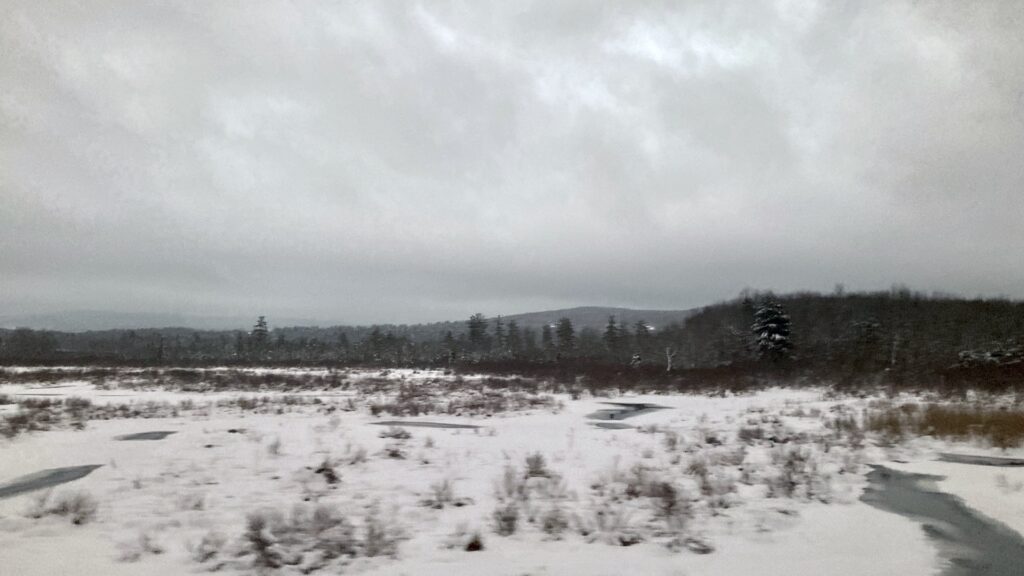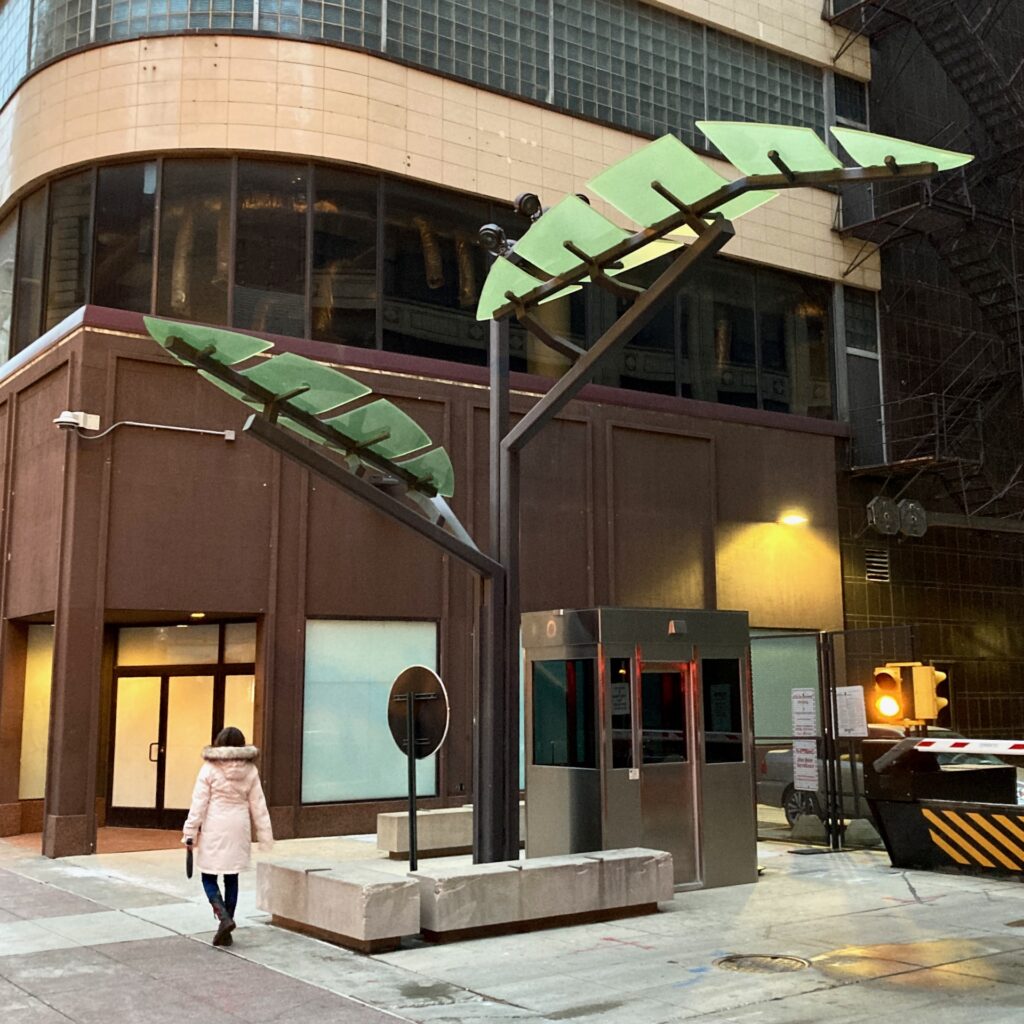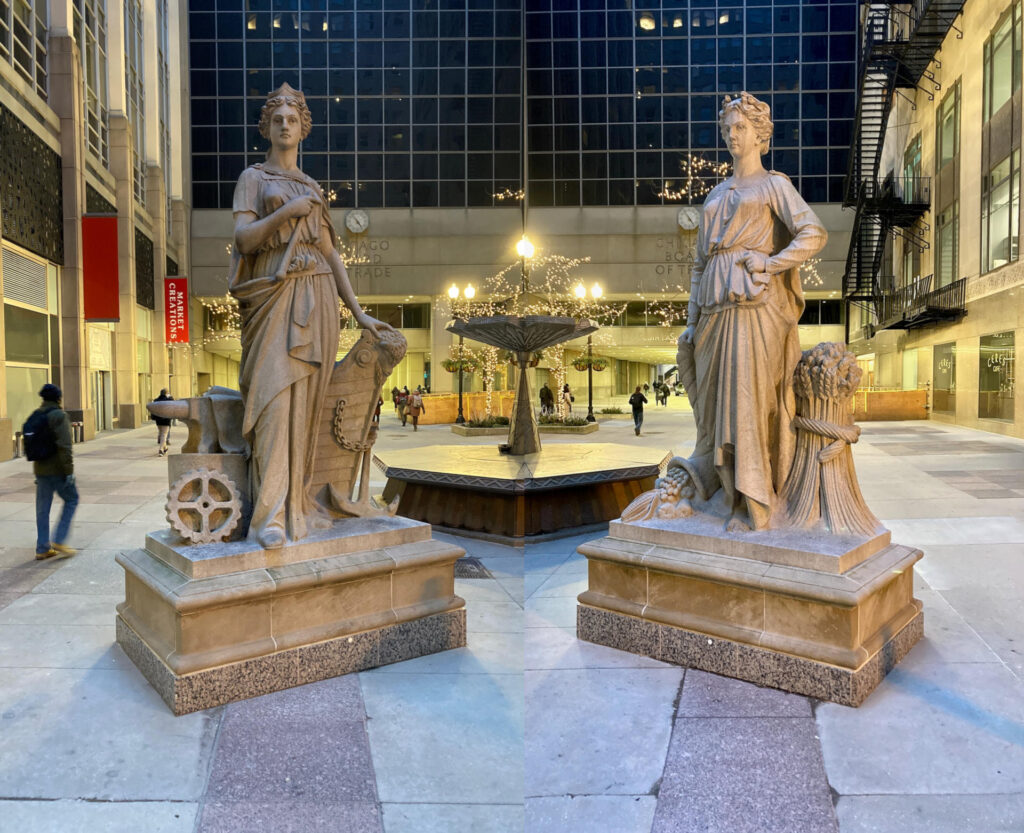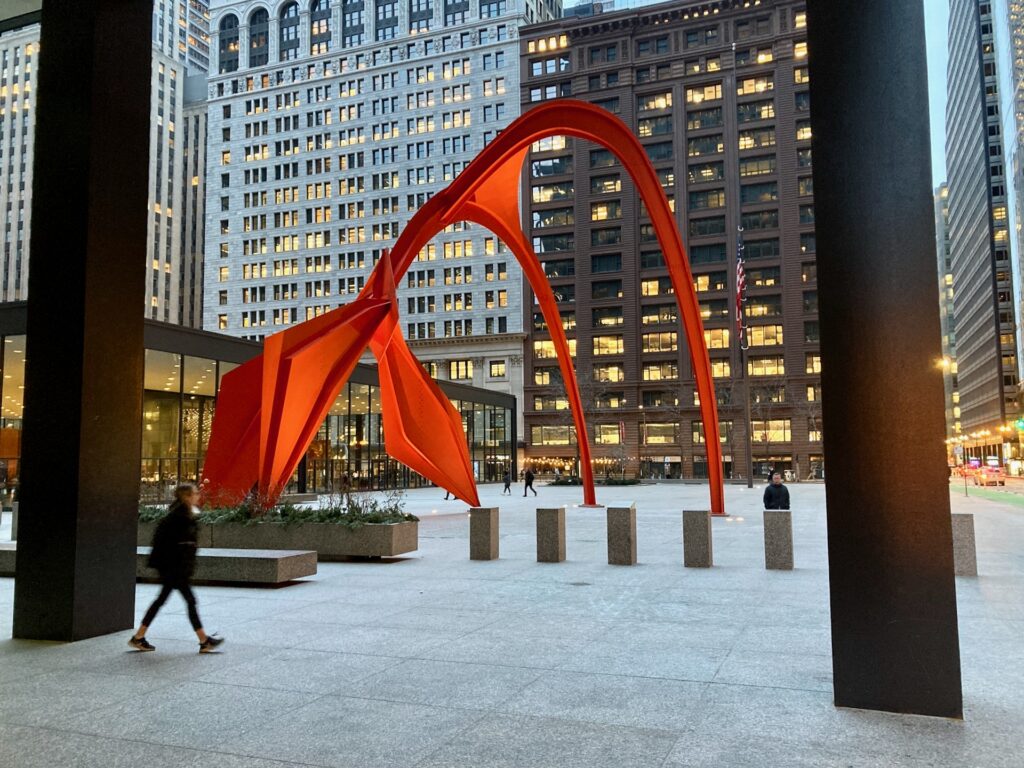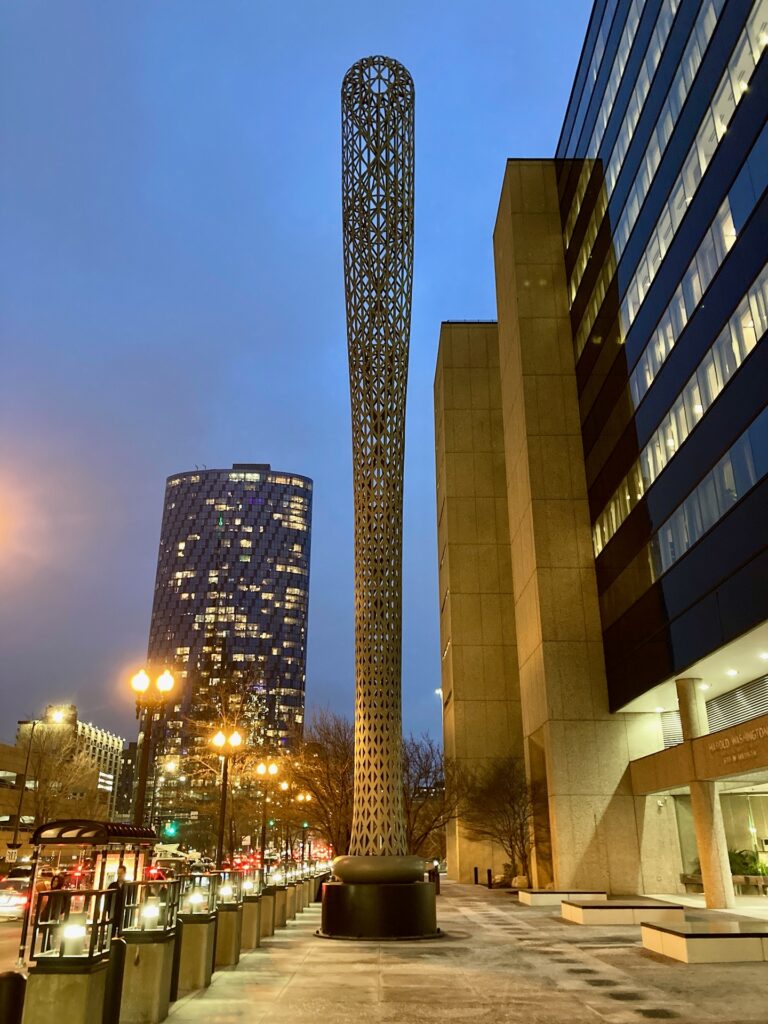In a Ph.D. dissertation with the imposing title “The Relationship between the Indigenous Peoples of the Americas and the Horse: Deconstructing a Eurocentric Myth” (Univ. of Alaska Fairbanks, 2017), Yvette Running Horse Collin (now Dr. Collin) argues that horses did survive in parts of the Americas from the Ice Age to at least the twentieth century. She surveys archaeological evidence, the historical record, and indigenous oral history to make her case.
Scholarship being what it is — a long, slow process — it will take a long time, decades even, before scholars come to a consensus on this question. But Collin’s work does address a question I’ve long had. The historic record states over and over again that the native peoples of the Americas were superb equestrians. Yet they became superb equestrians in a very few years, whereas I’d expect the level of expertise exhibited would be the result of a long cultural process. And their expertise seems to be reported as being a different kind of expertise than European expertise as equestrians. So if Europeans brought horses to the Americas, how was it that the native peoples of the Americas became such superb equestrians in such a short time?
This whole issue is complicated by a religious issue. The sacred writings of the Church of the Latter Day Saints (Mormons) apparently assert that horses were in North America before European contact in the fifteenth century. I would be extremely skeptical of that particular claim, just as I’m skeptical of all claims that every word of every sacred scripture is literally true. Sacred scriptures are more like myths, where mythos represents a different kind of truth than logos, or logical thought. In my view, Collin is making a very different claim from the Latter Day Saints. She is arguing about a bias she believes she has found in historiography, where there are often assumptions placing Europeans at the center of any historical account. So regardless of the religious claims of the Latter Day Saints, Collin’s work should be taken seriously.

